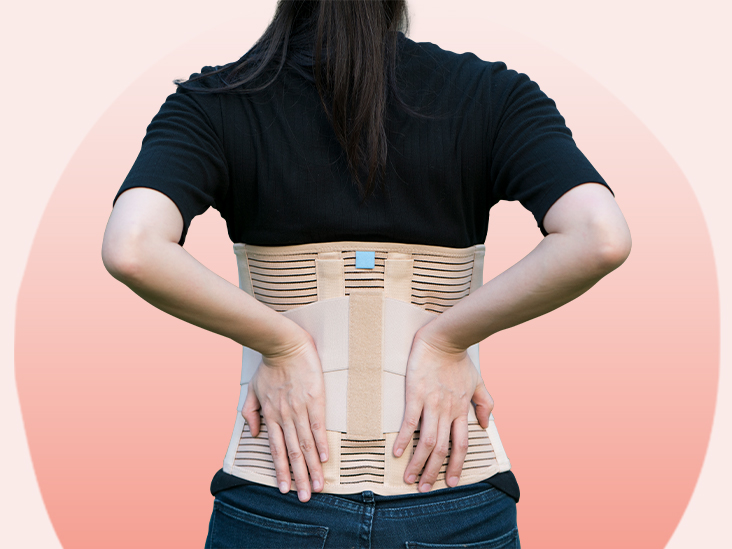The process of cryopreservation or popularly known as egg freezing has helped women get pregnant, beating the constraints of their biological clock. Egg freezing can be a great alternative treatment for women undergoing rigorous medical procedures (cancer patients before undergoing chemotherapy) or for social reasons (in women who are not quite ready to have a baby).The process also ensures that the frozen eggs are viable for a prolonged period of time, however, the survival rate of the eggs is still a complex issue.
Mitigating the possible limitations of convention cryopreservation is the process of Vitrificationthat helps achieve a 100% post-thaw survival rate for egg, and embryo freezing through advanced methods like Cryotec (Cryotech) vitrification.
To be precise, the egg survival rate refers to the percentage of eggs that are considered viable after they have been frozen and thawed. It does not in any way guarantee that they will result in successfully fertilized embryos that, when implanted via IVF, result in guaranteed babies, says Embryology Laboratory Assistant Director Dr. Leslie Ramirez.
“Cryotech helps overcome the deviations of its predecessors. It reduces the chances of errors that can destroy the viability of stored eggs by damaging their cellular structure,” explains India’s senior embryologist and trainer Dr Goral Gandhi.
She further explains how cryotechmethod is better than other vitrification methods (which has also produced outstanding results when it comes to egg viability).
“Vitrification is a much more effective form of “flash freezing” that reduces the chance of ice crystals forming inside the egg.The process of Cryotecvitrificationis a step forward to the successful form of vitrification, increasing the egg survival rate to as close as 100%,”suggested by Dr Goral Gandhi.
Talking about the key advantages of the new Cryotech method, it is one of the most trustable methods of cryopreservation. Other than providing the highest recorded success rate, the process also protects oocytes and embryos of physical damages, and contaminations of any kind during their storage in liquid nitrogen. The new cryotechvitrification method is a relevant upgrade to other existing methods of vitrification.
The method includes improved solutions with optimum viscosity. The construction of the Cryotechvitriplates and holders is such that it is practically impossible to lose embryos or eggs during washing. Visualization of the eggs and embryos is with the same focus, and therefore easy during loading and washing.
It is estimated that in young patients with good quality eggs, one needs to thaw about seven frozen eggs to result in one live birth. This number is similar to the number of fresh eggs required to result in a live birth.
Although currently available in a handful of clinics, with the new Cryotech method, the future of egg freezing seemsvery affirmative.




